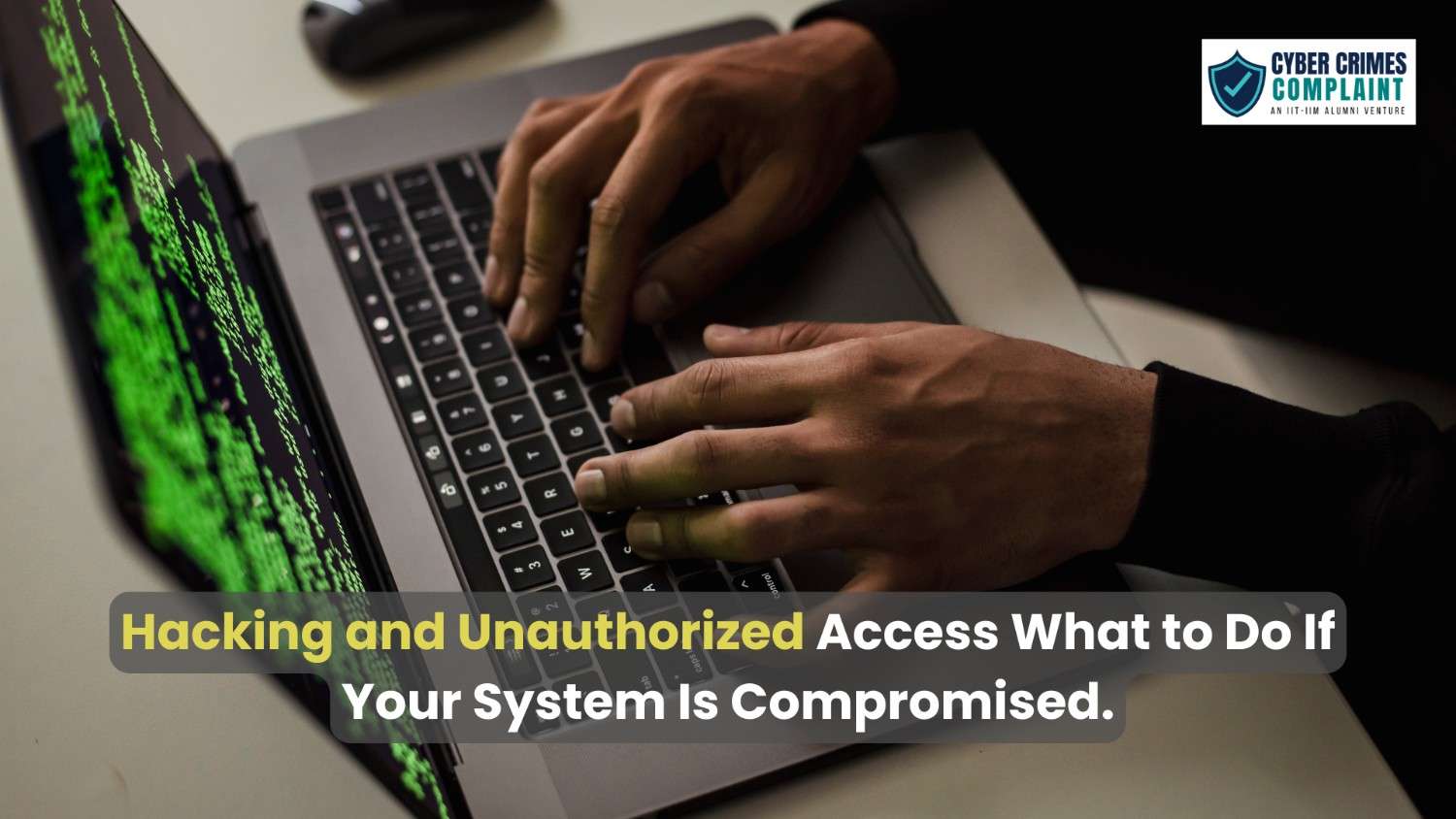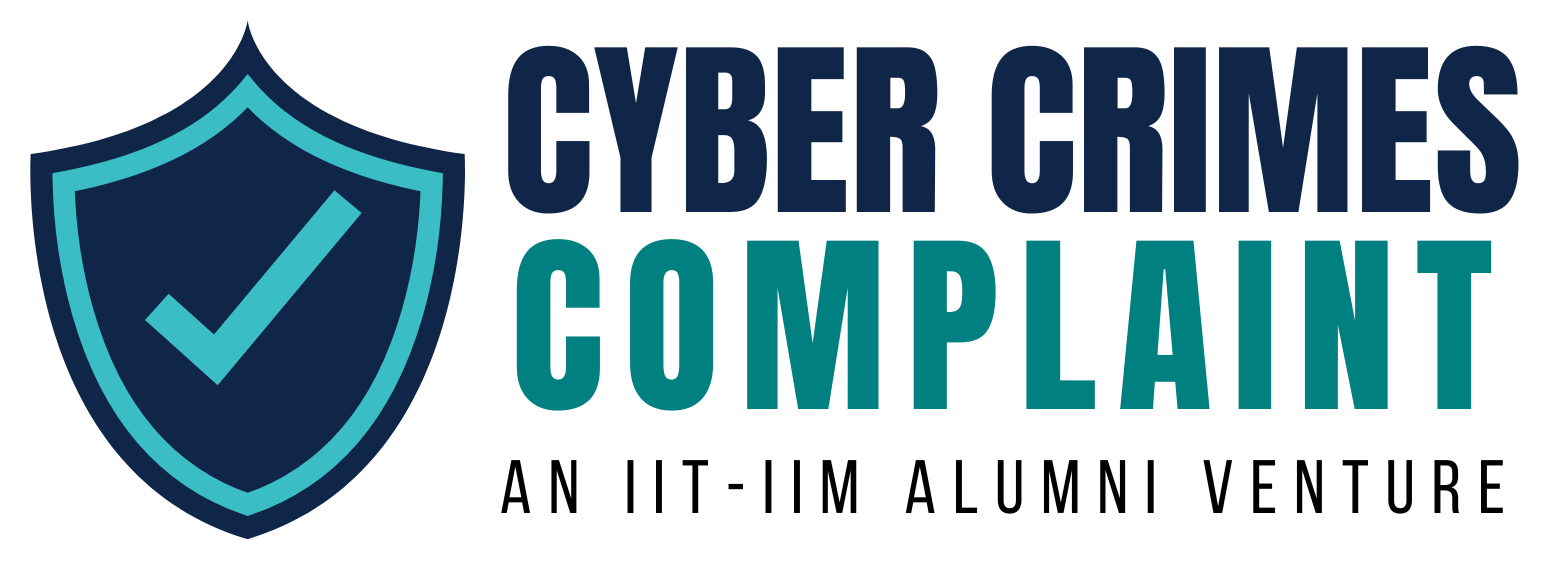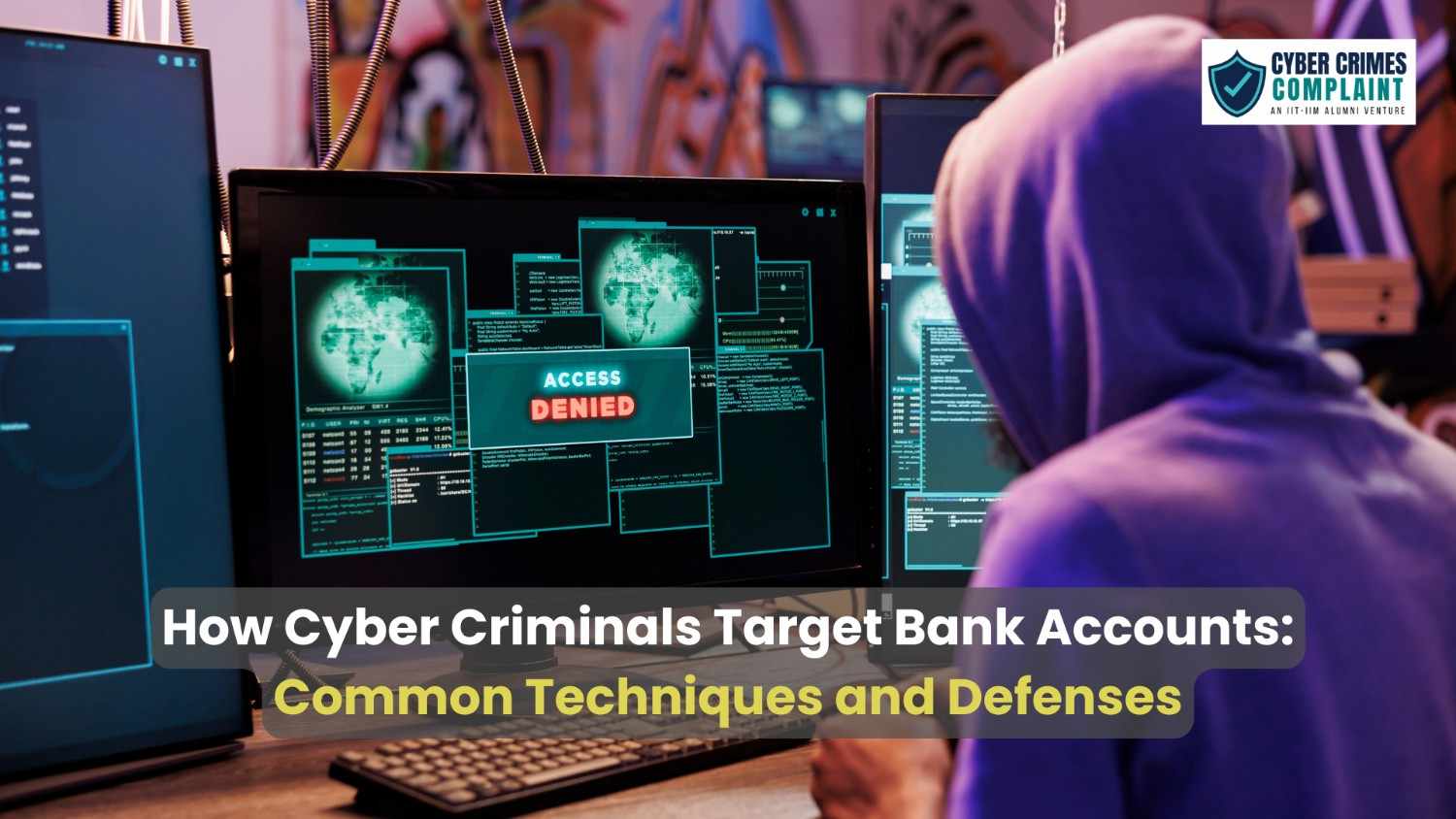· Cybersecurity · 4 min read
Hacking and Unauthorized Access: What to Do If Your System Is Compromised
Hacking and unauthorized access are growing threats in today’s digital world. Learn how to respond effectively if your system is compromised, from identifying breaches to strengthening security measures. Stay informed and safeguard your data

Introduction
In today’s hyper-connected world, hacking and unauthorized access are not just concerns—they’re stark realities. Cybercriminals are becoming more sophisticated, targeting individuals and businesses alike. If your system is compromised, knowing how to respond effectively is critical. Let’s walk through the essential steps to protect yourself and your data.
Understanding Hacking and Unauthorized Access
What is Hacking?
Hacking refers to the unauthorized intrusion into a computer or network. Hackers often exploit system vulnerabilities to steal data, disrupt operations, or spread malware.
Forms of Unauthorized Access
Unauthorized access can take many forms, including phishing attacks, brute force attacks, malware infections, or exploitation of weak passwords. Understanding these can help you identify potential risks.
Signs Your System Might Be Compromised
Unusual System Behavior
Are programs crashing unexpectedly? Is your computer suddenly slow? These could be red flags of a system breach.
Unexpected Network Activity
Monitor your network traffic. A surge in activity during off-peak hours or connections to unknown IPs might indicate unauthorized access.
Unauthorized Logins
Keep an eye on login attempts. Multiple failed logins or successful logins from unfamiliar locations are clear signs of trouble.
Immediate Steps to Take If Your System Is Compromised
Disconnect from the Network
The first step is to sever your connection to the internet. This prevents further data theft or malware spread.
Alert Your IT Team or Expert
Notify your IT department or a cybersecurity expert immediately. Their expertise can help mitigate the damage.
Change Your Passwords Securely
Use a secure device to update all passwords, prioritizing your most sensitive accounts first.
Conducting a System Assessment
Identify the Breach
Determine how and when the breach occurred. Understanding the entry point helps in patching vulnerabilities.
Check for Data Theft or Manipulation
Review logs and files to assess whether sensitive data was accessed, stolen, or altered.
Strengthening Security After a Breach
Update Software and Systems
Outdated software often contains vulnerabilities. Ensure all programs and operating systems are up-to-date.
Enable Multi-Factor Authentication (MFA)
MFA adds an additional layer of protection, making it harder for attackers to access your accounts.
Regular Backups and Recovery Plans
Having backups ensures that you can recover your data in the event of a breach or system failure.
Legal and Compliance Considerations
Reporting the Breach
Depending on your jurisdiction, you may be legally obligated to report data breaches to authorities or affected individuals.
Understanding Liability
Non-compliance with cybersecurity regulations can result in fines and legal repercussions. Stay informed about the laws in your region.
Preventative Measures for the Future
Employee Training
Educate employees about recognizing phishing attempts, creating strong passwords, and reporting suspicious activity.
Regular Security Audits
Periodic audits help identify vulnerabilities before they’re exploited.
Advanced Threat Detection Tools
Invest in tools that use AI and machine learning to identify and mitigate threats in real-time.
The Psychological Impact of a Breach
Stress and Anxiety Management
Experiencing a breach can be overwhelming. Practice stress management techniques and seek professional support if needed.
Building Resilience in Teams
Encourage open communication and foster a supportive work environment to help teams recover and learn from the incident.
Conclusion
Cybersecurity breaches are alarming, but they don’t have to spell disaster. By taking prompt action, assessing the situation thoroughly, and strengthening your defenses, you can minimize the impact and prevent future incidents. Remember, cybersecurity is not a one-time effort—it’s an ongoing commitment.
FAQs
How do I know if my system has been hacked?
Look for unusual system behavior, unexpected network activity, or unauthorized logins.What should I do if sensitive data is stolen?
Notify relevant authorities, inform affected parties, and work with cybersecurity experts to contain the breach.How can I prevent future breaches?
Invest in employee training, regular audits, and advanced threat detection tools.What role does antivirus software play in security?
Antivirus software is your first line of defense, helping detect and block known malware.Should I involve law enforcement in every hacking incident?
If sensitive data is stolen or the breach is severe, involving law enforcement is recommended.



.v6LwWvSx.jpeg)